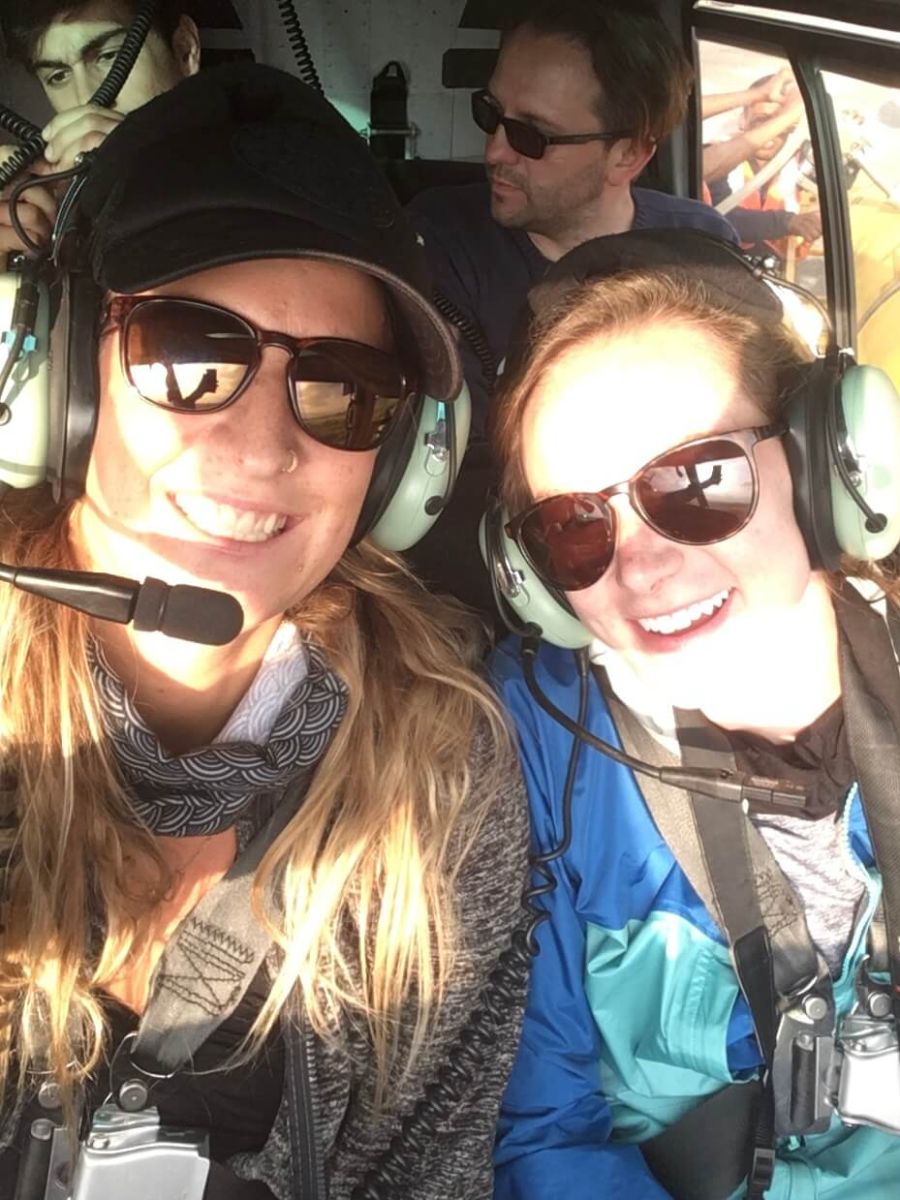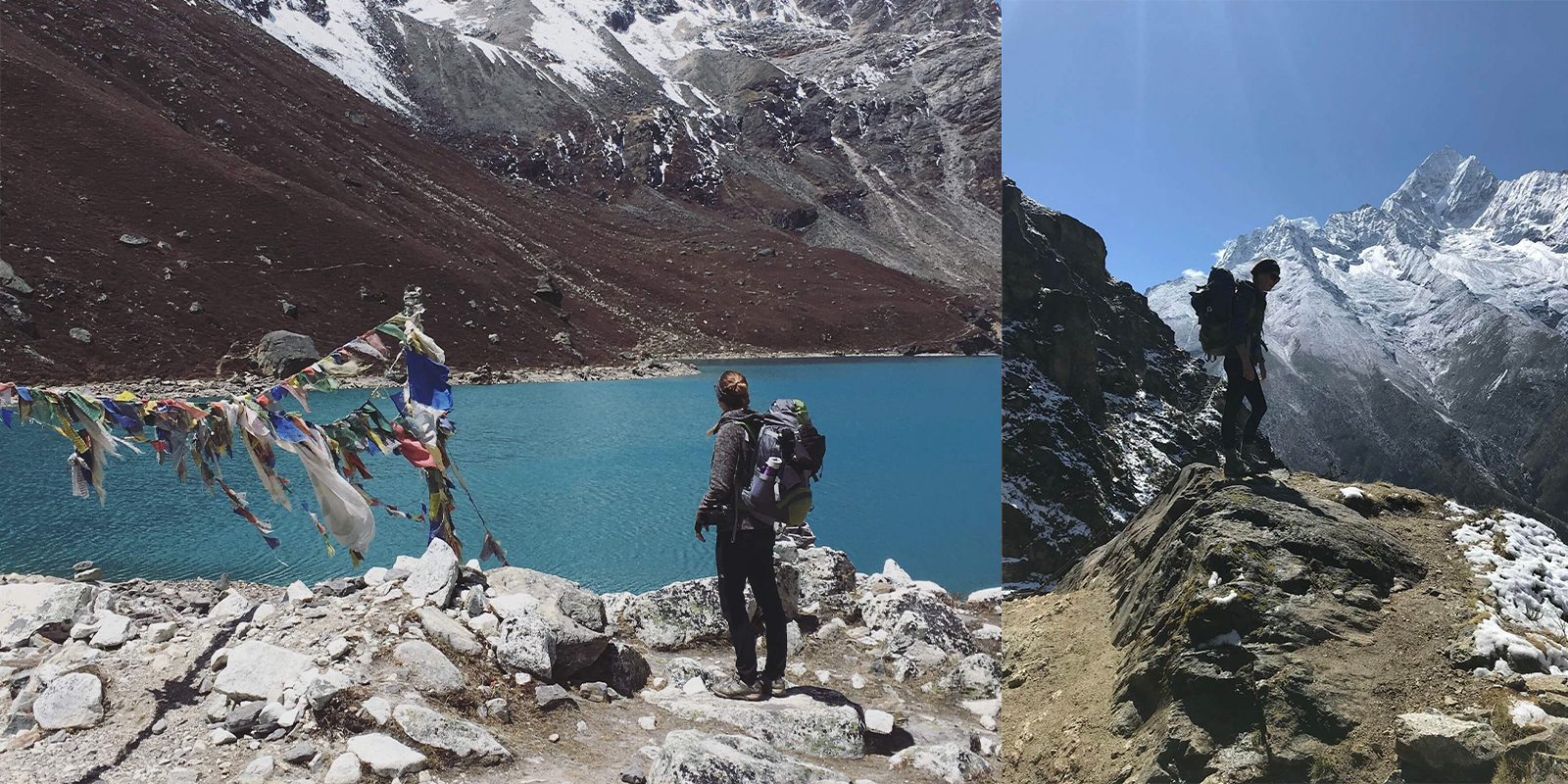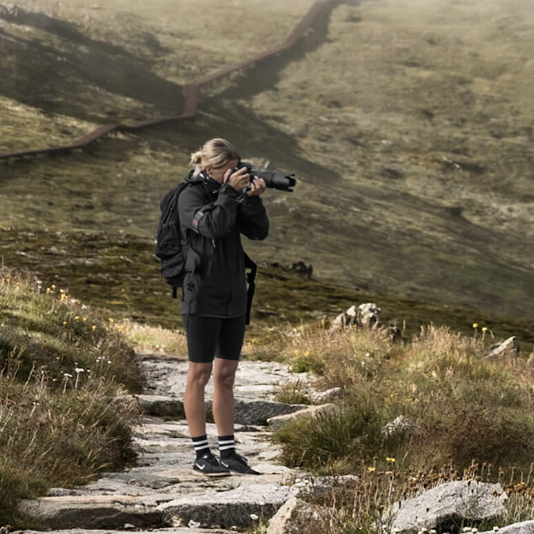Total Items: 0
Sub Total: $0.00
I never really planned to go to Nepal. My travels through Asia were spontaneous, guided more by chance encounters than itineraries. I’d arrived in each country without a solid plan, relying on locals and fellow travellers to shape my route. After two months on the road, I started hearing the same thing over and over—Nepal was something special.
One night in Laos, I met Ashley, an American traveller who mentioned she was planning to hike to Everest Base Camp with a friend. They considered doing it without a guide or porter and asked if I wanted to join. At first, the idea of trekking in the Himalayas without expert support sounded intimidating. But after reading a blog about a couple who had done it themselves, I started warming up to the challenge. I grew up in a ski town in Switzerland, so I was used to the mountains and the weather. This felt like something I could do after all.
When Ashley messaged me with her flight details for May, I had already decided to head to Nepal early, arriving in mid-April. I wanted time to prepare, both physically and mentally, and to discover the country and its culture.
.jpg)
I landed in Kathmandu and found my way to a homestay in Patan. The next morning, my host, a kind Nepali woman, made me milk tea and breakfast, cooked over an open fire on the floor. With her limited English, she pulled out a map and pointed out the places I had to visit.
For three weeks, I walked the streets of Kathmandu, soaking in its energy. I explored ancient temples and drank countless cups of tea with strangers eager to hear about Switzerland. It quickly became clear—this was one of the warmest, most welcoming countries I had ever been to.
While I felt comfortable in the mountains, I hadn’t done much training recently, so I needed to prepare. As a swimmer, I decided to train in Nepal’s only Olympic-sized pool, but when I arrived, it was packed—dozens of people just standing in the water, chatting. The guard noticed me and told me to come back at 7 PM when the pool would be empty. Sure enough, that evening, he welcomed me with a huge smile and said, “All empty! You swim!” I laughed, jumped in, and realised the water was a chilly 19°C. I went back almost every night for the next two weeks, focusing on short, efficient swims to stay warm and keep up my training.
Around the same time, I met a French girl who had just returned from a trek. She told me about an alternative to the crowded Everest Base Camp route—one that led to summit Gokyo Ri and over Renjo La Pass. It offered better views of Everest and fewer crowds. That sounded like exactly what I wanted. I mapped out the route and sent it to Ashley and her friend, and we all agreed to give it a shot.
Before Ashley and her friend arrived, I focused on getting everything I needed for the trek. My goal was to keep my pack under 12 kg, but with my camera gear included, I ended up with a total of 17 kg. My gear included:
A mix of lightweight layers, including a thermal top, windproof jacket, and down puffer
Socks (high-quality moisture-wicking)
Gloves (lightweight and warm)
Hat (sun hat or beanie)

Getting to the Everest region meant flying to Lukla, a tiny airstrip carved into the mountainside. Known as one of the world’s most dangerous airports, the weather frequently delays flights. After waiting 8 hours at the airport, we ended up sharing a helicopter with three other trekkers. It was nerve-wracking but worth the view.
From Lukla, the trek began. The first few days took us through lush valleys, past hanging bridges swaying above deep gorges, and into Namche Bazaar, the last big stop before heading higher into the Everest region. Here, we grabbed some last-minute supplies before continuing our quieter route towards Gokyo.
With each step higher, the air grew thinner. Our friend began experiencing altitude sickness near Namche and ultimately decided to turn back. Before the trek, we had agreed that anyone struggling would be accompanied down if necessary. But he felt well enough to descend on his own and catch a helicopter back to Kathmandu.
Ashley and I continued, making our way through villages where we stayed in simple teahouses—tiny wooden rooms with thin mattresses. Meals were basic: dal bhat, with occasional treats of tea and biscuits. The Sherpas we met along the way were incredibly kind, offering advice on the best paths and safest routes, and played card games with us in the evening.
Gokyo Ri was one of our major highlights. We reached the summit, only to find ourselves enveloped in thick clouds. While the view was hidden, the sense of accomplishment was undeniable. The next day, we took a side trip with Sridhar, a 70-year-old man from India, whom we had met at the homestay. He had spent his life trekking and had a wealth of knowledge about the peaks surrounding us. We hiked up to the Cho Oyu Face Ridge Base Camp, located at the last Gokyo lake and next to the Ngozumpa Glacier. Afterwards, we explored the turquoise Gokyo Lakes and took in the stunning views of the vast Ngozumpa Glacier.
Then came our last challenge—crossing Renjo La Pass. We set off at 4 AM, breaking trail through fresh snow. The cairns marked the path and showed us the way to the top. When I reached the summit ahead of Ashley, I had a few minutes alone, standing in absolute silence. Before me, stretched the world’s highest peaks, including Chomolungma—the Snow High Blue Queen, as Everest is known in Sherpa culture. It was one of the most breathtaking moments of my life. I took in the moment and enjoyed the one Snickers I had saved as my well-earned reward. ;)

After 13 days in the Himalayas, we made our way back to Lukla and, eventually, Kathmandu. This trek was unforgettable—exhausting at times, exhilarating at others, but a true adventure I’ll carry with me forever.
Hiking backpack: Essential for carrying gear comfortably over long distances.
Good Hiking shoes – Important to avoid brand-new shoes, which can cause blisters on long treks.
Lightweight down jacket – A must-have for cold conditions, I relied on mine daily.
High SPF sunscreen – Crucial for shielding your skin from the harsh sun.
The updated Terra Backpack makes carrying heavy loads easier. Designed for multi-day treks, it features a breathable back panel, shoulder straps, and a comfortable fit. The 55L capacity holds plenty of gear, with a two-way U-zip for easy access. A cinch top expands for extra storage, while compression straps streamline the load. Additional features include trekking pole attachments, an internal water bladder pocket, and a large front pocket for quick-access storage.
The Moab 3 GTX is a top choice for hikers, known for its out-of-the-box comfort, durability, and versatility. It features a GORE-TEX® waterproof membrane, a more supportive insole, a softer, cushioned midsole, and a Vibram® outsole for superior grip. This latest version also incorporates recycled materials for a more sustainable design.
Athlete Tested—expedition Proven. The Breithorn Jacket is built for the harshest conditions, functioning as a versatile mid or outer layer. Featuring highly compressible, water-repellent 800-fill ProDown, it allows you to move lighter and faster in the mountains or daily elements. Engineered for mobility. Designed for performance. This is the Summit Series.
The MONTEBIANCO 2 is built for high-altitude adventures, offering a modern design with enhanced comfort. Grip Tech temples and a non-slip bridge ensure a secure fit, while its protective frame and removable side shields provide crucial defence against glare and reflections at high altitudes, making it a trusted choice for mountain exploration.
The Eddy+ filtered by LifeStraw provides clean, safe hydration anywhere with a two-stage filtration system that removes bacteria, parasites, microplastics, lead, and chlorine. Its spill-proof, leak-proof design ensures easy use, while the lightweight Tritan Renew construction is durable and eco-friendly. Perfect for both backcountry adventures and everyday use.
If you need any further help, don't hesitate to come in store to chat with our experts or shoot us a message online if you have any questions! We’ll see you outdoors. Share your adventures with us on Instagram at @wildearthaustralia and use the hashtag #MyWildEarth to be featured.
About the Contributor:

Lena is a graphic artist at Wild Earth. When she’s not designing, she captures the world through her camera or camping around the East Coast of Australia with her troopy. Growing up surrounded by the Swiss Alps, the mountains will always have a special place in her heart, and she’s always looking forward to new adventures. Follow her adventures on Instagram.